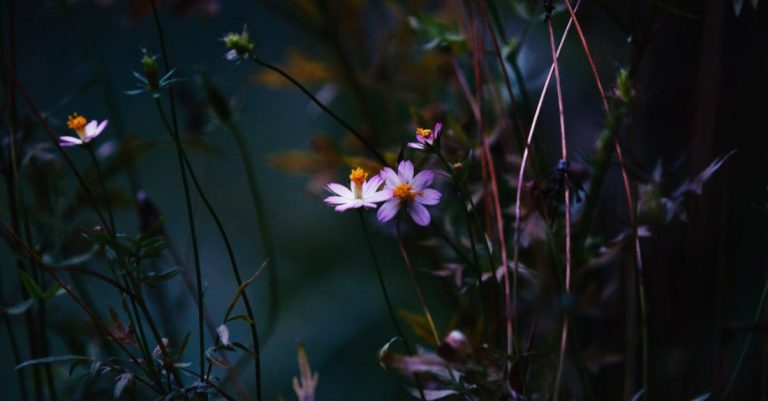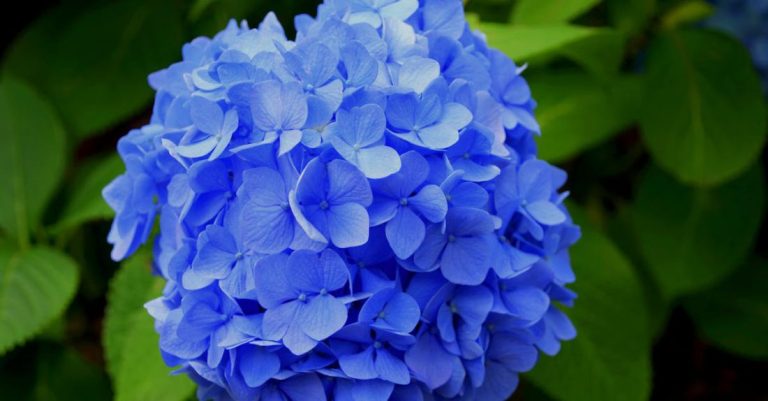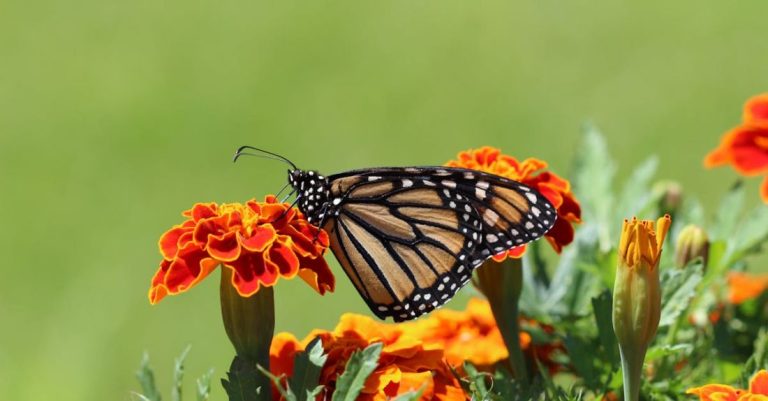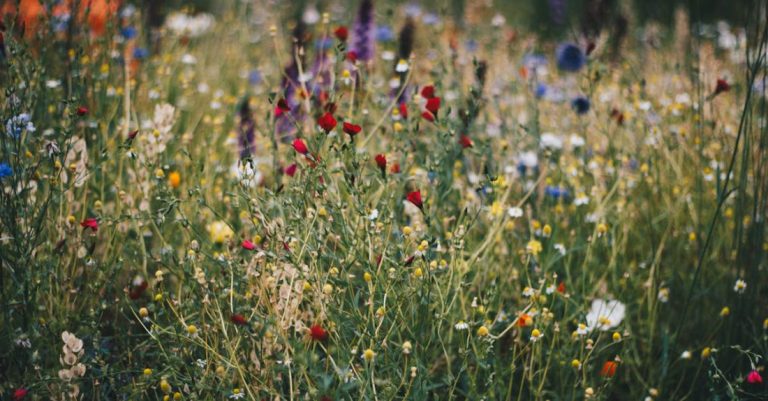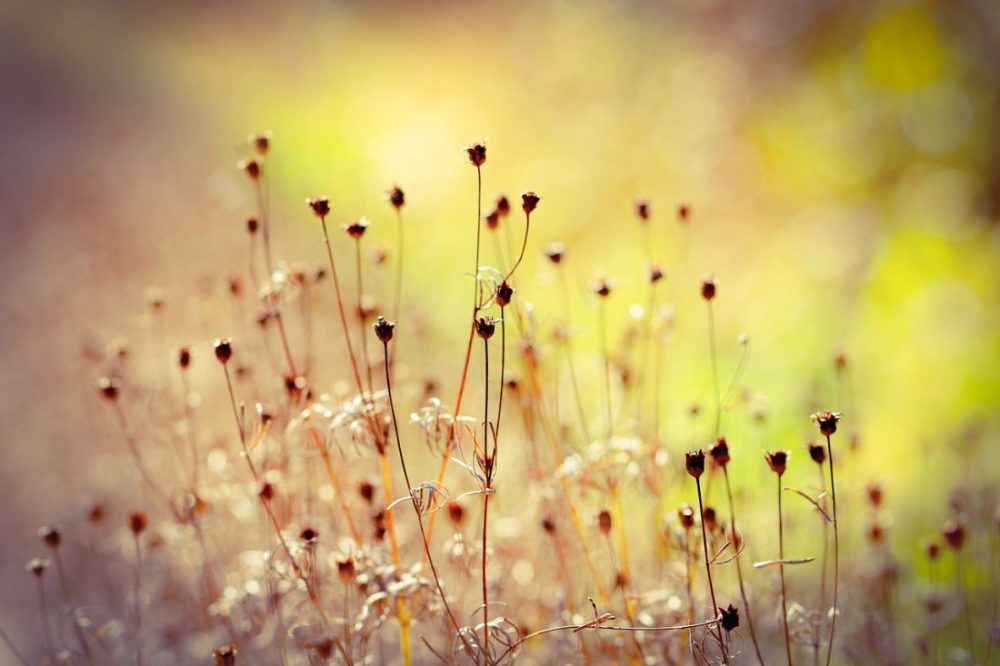
When it comes to keeping your garden looking vibrant and healthy, deadheading flowers is a task that can make a significant difference. Deadheading is the process of removing spent blooms from plants, allowing them to redirect their energy into producing new flowers instead of seed production. This practice not only promotes continuous blooming but also enhances the overall appearance of your garden. In this article, we will explore the best practices for deadheading flowers to help you maintain a beautiful and thriving garden.
Why Deadheading is Important
Deadheading is a crucial gardening practice that encourages plants to produce more flowers and promotes their overall growth and health. By removing faded blooms, you prevent the plant from putting energy into seed production and instead encourage it to focus on flower production. This results in a longer blooming period, more abundant flowers, and a healthier plant overall.
The Best Tools for Deadheading
Having the right tools for deadheading can make the task much easier and more efficient. Invest in a good pair of sharp, clean scissors or pruning shears specifically designed for deadheading. Make sure to keep them clean and sharp to avoid damaging the plant while cutting. Additionally, having a small container or basket to collect the dead flower heads can help keep your garden tidy and organized as you work.
How to Deadhead Flowers Properly
To deadhead flowers effectively, start by inspecting the plant for spent blooms. Look for flowers that have faded, withered, or are past their prime. Using your scissors or pruning shears, locate the flower stem just above a set of healthy leaves or buds and make a clean cut at a 45-degree angle. This angle helps promote water drainage and prevents water from pooling on the cut stem, which can lead to disease.
Different Deadheading Techniques
Depending on the type of flower you are deadheading, there are different techniques you can use to promote continuous blooming. For plants that produce single flowers on individual stems, such as roses, simply cut the stem above a set of healthy leaves or buds. For plants that produce clusters of flowers, like marigolds or petunias, pinch off the entire cluster once the majority of the flowers have faded. This encourages new growth and blooming.
Timing is Key
Timing is crucial when it comes to deadheading flowers. It is best to deadhead regularly throughout the blooming season to ensure continuous flower production. Aim to deadhead as soon as the flowers start to fade to prevent the plant from putting energy into seed development. By staying on top of deadheading, you can enjoy a garden full of vibrant blooms all season long.
Benefits of Deadheading Flowers
Deadheading flowers not only promotes continuous blooming but also improves the overall appearance and health of your garden. Removing faded blooms prevents the plant from looking unkempt and encourages new growth. Additionally, deadheading can help prevent diseases by eliminating potential breeding grounds for pests and fungi. Overall, deadheading is a simple yet effective practice that can make a significant difference in the beauty and vitality of your garden.
Maintaining a thriving garden requires attention to detail and regular care. Deadheading flowers is a simple yet essential practice that can help your garden reach its full potential. By following the best practices for deadheading, you can enjoy a garden filled with vibrant blooms and healthy plants throughout the growing season. Incorporate these tips into your gardening routine to enhance the beauty and longevity of your flower beds.
